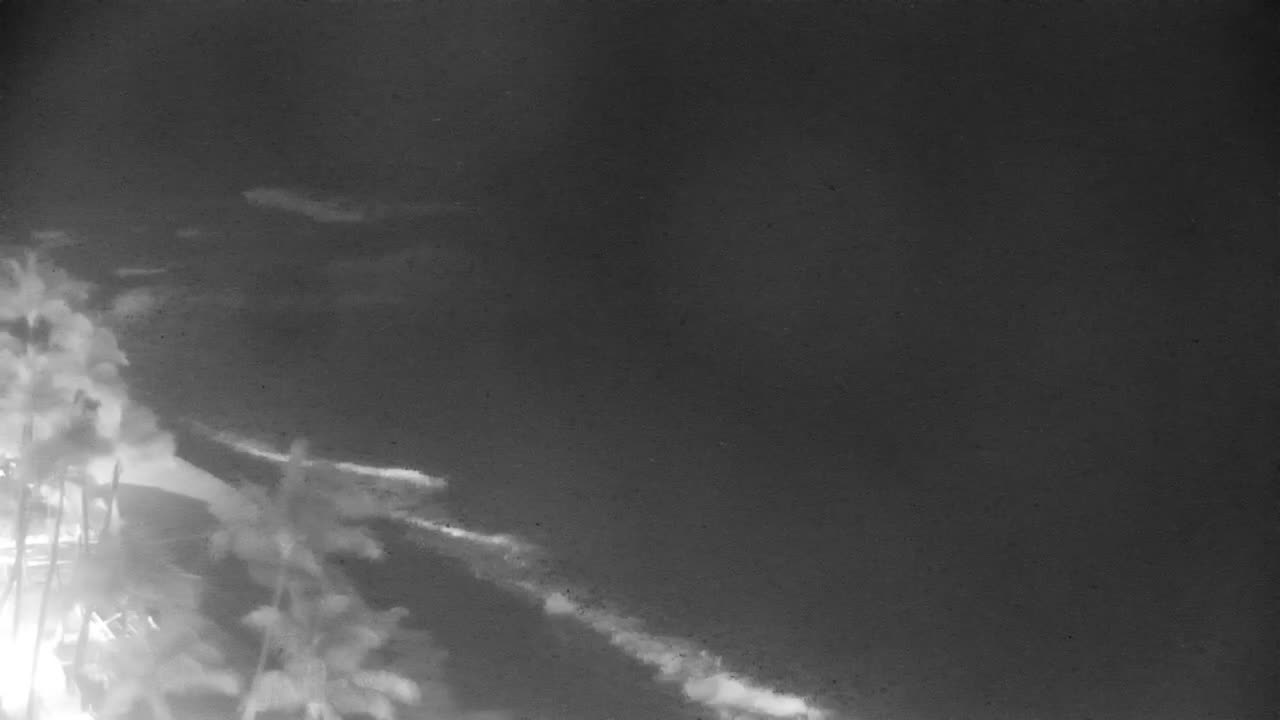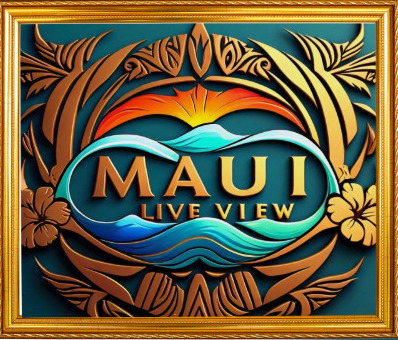Kaanapali Beach (Surf Point) Cam

From Sugar Cane Fields to Luxury Paradise: The Evolution of Westin Maui Resort & Spa, Ka’anapali
Kaanapali Beach (Westin Maui Resort) Cam. The story of the Westin Maui Resort & Spa in Ka’anapali is deeply intertwined with the transformation of Maui’s western coast from agricultural land to a world-renowned tourist destination. This luxurious beachfront property has witnessed and played a significant role in the development of Ka’anapali as Hawaii’s first planned resort community.
The history of the area dates back to ancient Hawaiian times when Ka’anapali was a sacred place for Hawaiian royalty. The name “Ka’anapali” translates to “rolling cliffs” in Hawaiian, referring to the picturesque landscape that would later become a backdrop for the resort. For centuries, the region was primarily used for agriculture, with sugar cane being the dominant crop.
In the mid-20th century, a visionary plan emerged to transform the sleepy sugar cane fields of Ka’anapali into a thriving tourist destination. The Amfac Corporation, which owned vast tracts of land in West Maui, spearheaded this ambitious project. Their goal was to create Hawaii’s first master-planned resort community, complete with hotels, golf courses, and residential areas.
The development of Ka’anapali Beach Resort began in the 1960s, with the Westin Maui Resort & Spa being one of the earliest properties to break ground. Originally opened in 1967 as the Maui Surf Hotel, the property was designed to capture the essence of Hawaiian hospitality while offering modern amenities to discerning travelers.
The hotel’s original design featured a distinctive zigzag shape, allowing for optimal ocean views from most rooms. This architectural choice became a hallmark of the property and set it apart from other resorts in the area. The Maui Surf quickly gained popularity among visitors, contributing to the growing reputation of Ka’anapali as a must-visit destination.
In 1987, the hotel underwent a significant transformation when it was acquired by Westin Hotels & Resorts. This marked the beginning of a new era for the property, which was rebranded as the Westin Maui. The acquisition brought with it Westin’s commitment to luxury and innovation, setting the stage for numerous upgrades and expansions in the years to come.
One of the most notable additions to the Westin Maui came in the form of its elaborate aquatic playground. In 1988, the resort unveiled a complex of swimming pools, waterfalls, and slides that would become known as the “Aquatic Playground of the Pacific.” This 87,000-square-foot water wonderland featured five free-form pools, including an adults-only pool and a dedicated children’s pool. The centerpiece of this aquatic oasis was a 128-foot water slide, which quickly became a favorite among guests of all ages.
Throughout the 1990s and early 2000s, the Westin Maui continued to evolve and expand its offerings. The resort added new dining options, enhanced its spa facilities, and regularly updated its guest rooms to meet the changing expectations of luxury travelers. The property’s commitment to providing a quintessential Hawaiian experience was evident in its integration of local culture, from hosting traditional luaus to offering cultural activities for guests.
In 2003, the resort underwent a major renovation, investing $64 million in upgrades to its rooms, public spaces, and amenities. This renovation helped solidify the Westin Maui’s position as one of the premier resorts in Hawaii, attracting celebrities, honeymooners, and families alike.
The Westin Maui Resort & Spa has not been without its challenges over the years. Like many Hawaiian resorts, it has had to navigate the impacts of economic downturns, natural disasters, and changing travel trends. The property has shown remarkable resilience, however, consistently adapting to meet new challenges and opportunities.
In recent years, the resort has placed a greater emphasis on sustainability and environmental stewardship. Initiatives have included the implementation of energy-efficient systems, waste reduction programs, and partnerships with local organizations to protect Hawaii’s unique ecosystems. These efforts reflect a growing awareness of the importance of preserving the natural beauty that draws visitors to Maui in the first place.
The most recent chapter in the Westin Maui’s history began in 2018 with the announcement of a $120 million renovation project. This extensive overhaul, completed in 2020, transformed the resort’s Hokupa’a Tower (formerly known as the Beach Tower) into a luxury experience within the larger resort. The renovation included the creation of upscale suites, a reimagined pool area, and exclusive amenities for Hokupa’a guests.
Today, the Westin Maui Resort & Spa, Ka’anapali stands as a testament to the vision that transformed this stretch of coastline over half a century ago. With 770 rooms and suites, multiple dining options, the Heavenly Spa by Westin, and its iconic aquatic playground, the resort continues to be a cornerstone of the Ka’anapali Beach Resort community.
As it looks to the future, the Westin Maui faces both opportunities and challenges. The growing emphasis on experiential travel and authenticity presents opportunities for the resort to deepen its connection to Hawaiian culture and the local community. At the same time, increasing competition and the need to balance luxury with sustainability will require ongoing innovation and adaptation.
The history of the Westin Maui Resort & Spa is more than just the story of a single hotel; it’s a reflection of the broader transformation of Maui’s tourism industry. From its origins as the Maui Surf Hotel to its current incarnation as a world-class luxury resort, the property has played a pivotal role in establishing Ka’anapali as a premier destination.
As it continues to evolve, the Westin Maui remains committed to providing unforgettable experiences for its guests while honoring the rich cultural heritage of Hawaii. With its stunning beachfront location, luxurious amenities, and dedication to Hawaiian hospitality, the resort is well-positioned to remain a jewel of Ka’anapali for generations to come.
For more information, visit the official Maui website.
